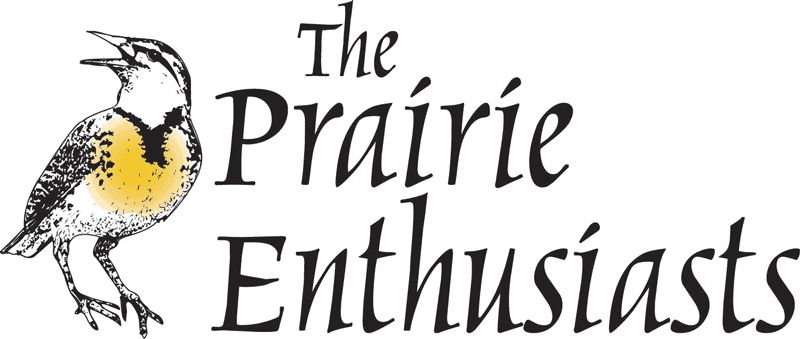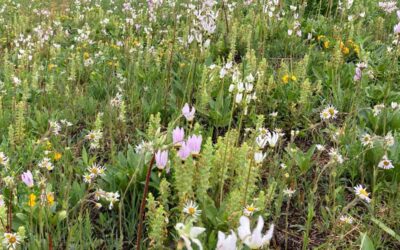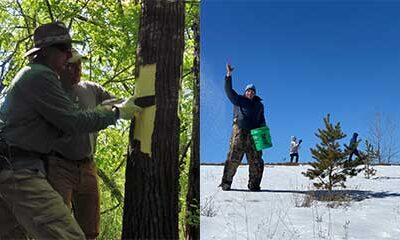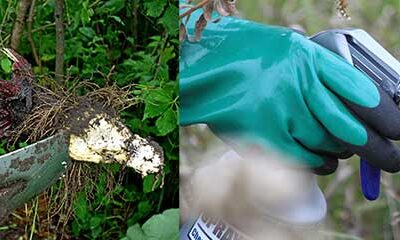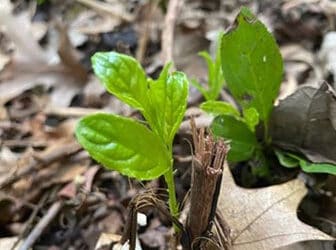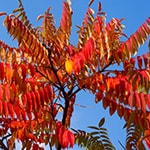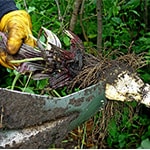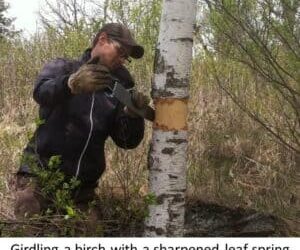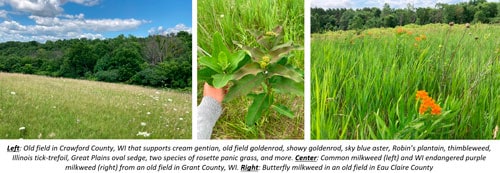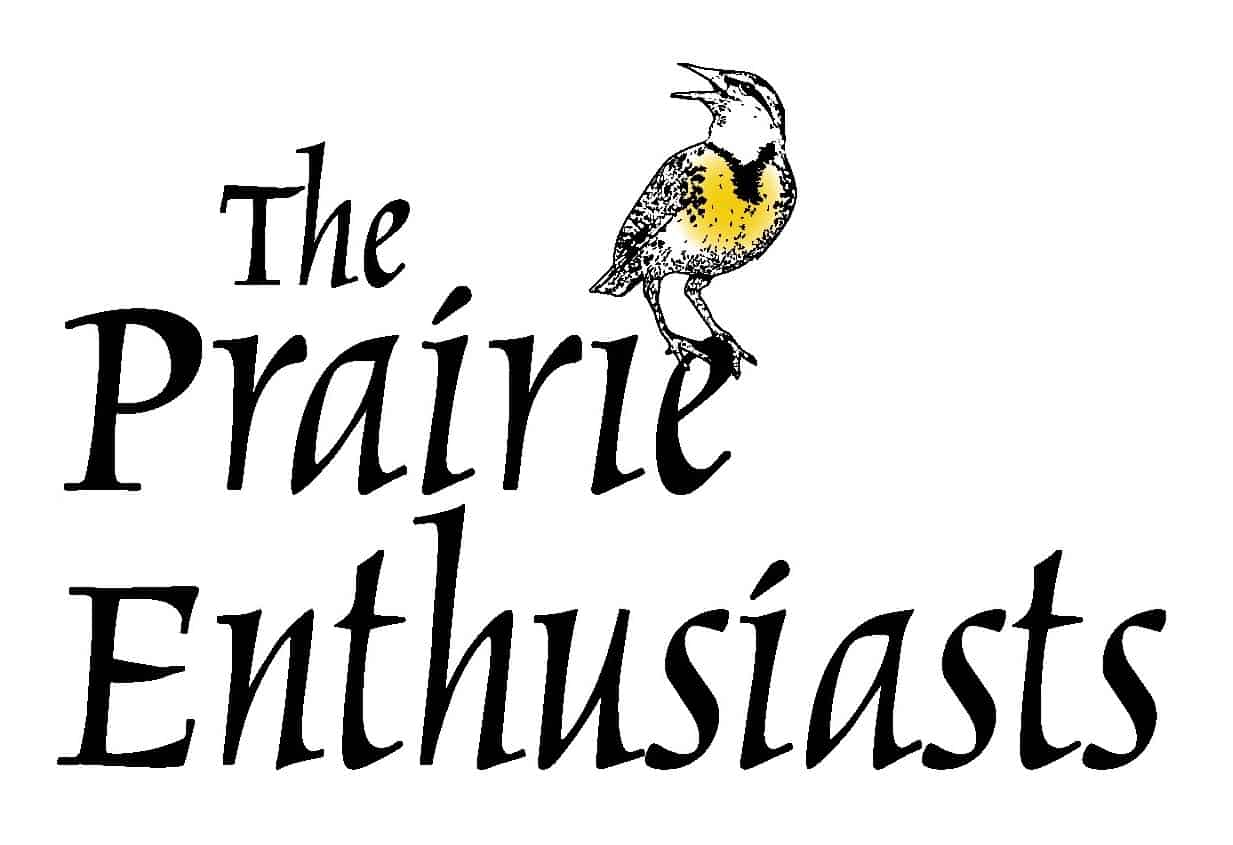Management Methods
Pearl Forge Fen by Dan Carter
Stability Part One: Why I Recommend Frequent Dormant Season Burning
Prescribed fire can function as a stabilizer or a destructive disturbance depending on we use it.
Paying Attention to the Season During Restoration Work
What can the changing of the seasons mean for your land restoration work? Find out how the changing of the seasons affects various land stewardship practices.
Quick Guide to Restoration Practices: Timesframes and General Methods
Land stewardship is a year-round practice. Learn when to do things like root severing, prescribed burning, brush cutting, seed collecting and more.
Eliminating Buckthorn Without the Use of Herbicide
Ever wondered how to manage invasive buckthorn without the use of herbicide? Our Coulee Region Chapter helped complete a study. Read here to see the results!
Controlling clonal tree species by double-cutting
Controlling Clonal Tree Species By Double-Cutting By Jim Rogala Continuing on the theme of herbicide-free control methods, I’ll talk about my experience with double-cutting. Again we look to the anatomy and physiology of the species to be controlled to understand how...
Controlling biennial invasives without herbicide using a Parsnip Predator
Controlling Biennial Invasives Without Herbicide Using A Parsnip Predator By Jim RogalaMy recent blog post on girdling got me thinking about other herbicide-free invasive species control methods. For biennials, there are three common mechanical control methods:...
Spring is the time for girdling
Jim Rogala The intense transfer of materials within a tree at this time of the year makes for efficient girdling. Girdling is simply the removal of the “bark” to kill a tree. I use girdling as my go-to method for killing aspens clones. The method works best on clones...
The Potential of Pastures and Oak Woods
If you have an old field that you would like to plant to prairie or a stand of oak you would like to restore, don’t rush into it. Understand the history of the land and take time to observe and learn whether anything important remains. Very often degraded lands still harbor irreplaceable elements of biodiversity, and these have their own stories to tell about what a place was and could be. The tools we use in restoration can encourage these elements or extinguish them. By recognizing and preserving remnant populations of native species and their genes, we can counteract biotic…
The Parsnip Predator: Handy and Homegrown
If you're not familiar with the Parsnip Predator, you're missing out!Invented and produced by members of TPE's Prairie Bluff Chapter, the Parsnip Predator is a tool designed for prairie invaders like wild parsnip (Pastinaca sativa) and burdock (Arctium minus). It has...
Safe Burning, Safe Learning
This article was a collaboration with Jeb Barzen. Interested in pitching in to save our fire-dependent ecosystems? TPE’s next prescribed burn crew training will be an online-only class on February 23, 2021 (the day before our TPE Online Conference). Instructors Rob...
